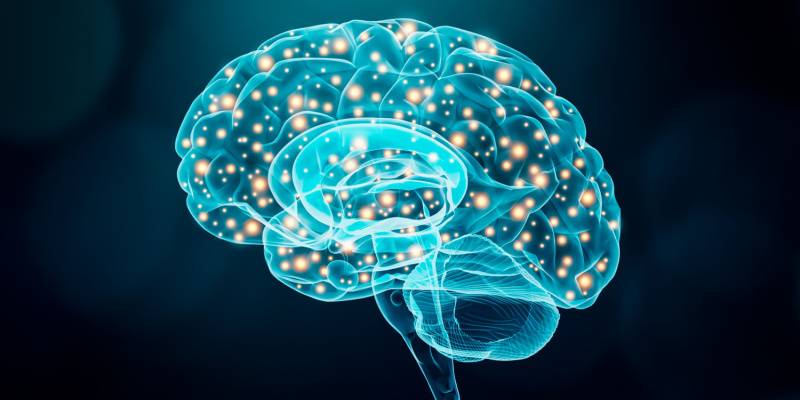Neuroscience and
Education: Insights into How the Brain Learns
The intersection of neuroscience and education has provided
invaluable insights into the complex workings of the brain and how it learns.
By understanding the brain's mechanisms and processes, educators can tailor
teaching methods and strategies to optimize learning outcomes for students.
Here, we explore some key insights from neuroscience that shed light on how the
brain learns.
One crucial concept from neuroscience is neuroplasticity,
the brain's ability to reorganize itself by forming new neural connections
throughout life. This discovery has profound implications for education,
suggesting that learning experiences can directly influence the brain's
structure and function. Educators can capitalize on neuroplasticity by
providing varied and engaging learning activities that challenge students to
think critically, solve problems, and make connections across different
subjects.
Furthermore, the role of emotions in learning has been
highlighted by neuroscience research. Emotions play a significant role in memory
formation, attention, and motivation. Positive emotions such as curiosity,
interest, and joy enhance learning by promoting engagement and facilitating the
transfer of information from short-term to long-term memory. Educators can
create a positive and stimulating learning environment that nurtures students'
emotional well-being, fostering a conducive atmosphere for learning and
retention.
Another important insight from neuroscience is the impact of
stress on learning. Chronic stress can impair memory, attention, and cognitive
function, hindering students' ability to learn effectively. By implementing
stress-reducing techniques such as mindfulness practices, relaxation exercises,
and promoting a supportive classroom environment, educators can mitigate the
negative effects of stress and create a more conducive space for learning.
Moreover, the brain's preference for meaningful and relevant
information has implications for instructional design. Neuroscience suggests
that students learn best when information is presented in a context that is
personally meaningful to them. Educators can incorporate real-world examples,
hands-on experiences, and interdisciplinary connections to make learning more
relevant and engaging for students.
The understanding of the brain's reward system has also
influenced educational practices. Dopamine, a neurotransmitter associated with
pleasure and reward, is released when the brain experiences success,
accomplishment, or mastery. Educators can harness this knowledge by providing
immediate feedback, setting achievable goals, and incorporating elements of
gamification into learning activities to motivate and reward students for their
efforts.
In conclusion, neuroscience offers profound insights into
how the brain learns, informing educators on effective teaching practices and
strategies. By incorporating principles of neuroplasticity, emotional
engagement, stress management, relevance, and motivation into their teaching
methods, educators can create an enriched learning experience that optimizes
students' cognitive abilities, fosters a love for learning, and prepares them
for success in an ever-evolving world.


